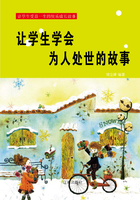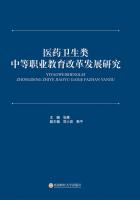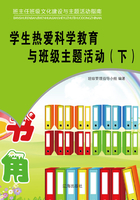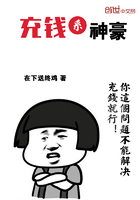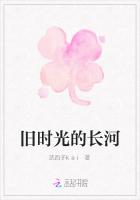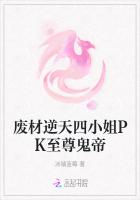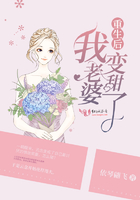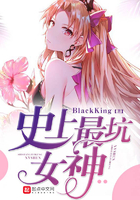The woollen manufacture can boast of greater antiquity than any of our national industries, for it was originally introduced into England by the Romans during their occupation of the country. Under certain of the Norman and Plantagenet kings, notably William the Conqueror, Henry II, and Edward III, much was done to improve the manufacture, by bringing over skilled weavers from Flanders, and settling them in various parts of the country; as well as by making special laws for the protection of the wool trade. To Edward III must be ascribed the credit of having firmly established it as a settled industry of the country.
The total value of England"s woollen manufactured goods now averages about ?100,000,000 sterling each year. It is estimated that we retain for home use about three-quarters of this output; the rest is exported.
There are several branches of the woollen manufacture.
They include broadcloths, such as meltons, beavers, pilot- cloths, and other similar fabrics, all of which are woven from 56 to 60 inches wide; narrow-cloths, such as doeskin, kerseymere, and tweeds, which are only about 27 incheswide; special kinds of cloth for upholstering furniture and carriages; and lastly, blankets, flannels, and shawls.
These woollen cloths, as a rule, differ from other fabrics in being felted or fulled. The man who does this is called a fuller, and the object of the fulling is to mat the threads of the woven fabric together into a mass, so as to destroy the appearance of the warp and woof of the weaving, and to produce a smooth nap on the surface of the cloth. The short-staple wool, with its numerous curls and scales, isalways employed in the manufacture of these fabrics.
This branch of the manufacture is carried on in Gloucestershire, Wiltshire, and Somersetshire, and is known as the West of England broadcloth trade. It also forms an important part of the industry of the West Riding of Yorkshire.
Worsted or stuff goods include merinoes, serges, cashmeres, reps, bombazines, damasks, moreens, and poplins-some of which are made entirely of wool, others are mixtures of wool with cotton, linen, or silk. They are all made from the combed fibers of the long-staple wool, and are easily distinguishable from the woollen cloths. They all leave the loom of the weaver as finished fabrics, and are not afterwards fulled.
The manufacture of worsted goods is carried on at Bradford, Halifax, Leeds, and York, and in Worcester- shire and Norfolk. It is estimated that there are in the United Kingdom no fewer than 650 factories engaged in this branch of the manufacture alone, employing about 120,000operatives. The U.K. exports every year worsted goods to the value of more than ?21,000,000 sterling, and this probably represents about one-half the entire production.
The worsted trade was first introduced into England inthe Middle Ages by some Flemish weavers who settled in the little Norfolk village of Worsted. Hence it is that the name of the place has been given to this class of goods.
Hosiery is extensively made in Leicestershire, and woollen yarn is spun at various towns in the West Riding of Yorkshire, and at Lancaster and Derby.
The manufacture of carpets is another very important branch of the woollen trade. Several varieties of carpets are made in the United Kingdom, such as Brussels, tapestry, Wilton, Kidderminster, Axminster, druggets, and felts. The last named-felts-ought not, properly speaking, to be classed among woollen goods, as they aremade from cow-hair felted together. The body or backing of Brussels carpet has strong linen threads for both warp and woof; the backing of tapestry is woven from cheap yarn often made of cotton waste. Hence a Brussels carpet is much more serviceable than a tapestry.
In Scotland the woollen manufacture is confined to the making of tweeds, plaids, and woollen shawls.
The manufacture of shoddy cloth from old woollen rags is not only a boon to the poor in providing them with cheap clothing, but is also a grand lesson in thrift. Since the introduction of this branch of the trade every scrap of woollen cloth, from the worn-out coat of the well-to-do man, to the dirty, greasy, tattered rags of the beggar, is made to do duty a second time-to live a second life, so to speak. From the rag-merchant they find their way to the shoddy factory. There they are first thoroughly cleansed, and then torn up by machinery into shreds or flock, as it is called. The flock is spun into new yarn, and woven into new cloth for further use.
This shoddy manufacture is carried on very extensively at Batley, Dewsbury, and most of the large manufacturing towns in the West Riding of Yorkshire. It is estimated that in these shoddy factories no less than 50,000,000 lbs. of useful material is produced every year from these woollen rags, which were formerly cast away as waste. In addition to England"s own waste rags, they import for the same purpose further supplies from foreign countries, amounting in the total to nearly 60,000,000 lbs. There is a similar kind of material known as mungo. This is made, not from old rags, but from tailors" cuttings.
Before leaving the subject we must glance at one other very interesting branch of manufacture from waste woollen rags, namely, the making of "flock wall-papers."The wool for this purpose is torn up, ground very fineindeed, and then sifted to remove all large particles. It is then dyed various colours, and powdered over the newly- varnished surface of the most elegant and expensive wall- papers. The powdered flock produces the beautiful velvet or flock pile which makes them resemble richly figured tapestry.

